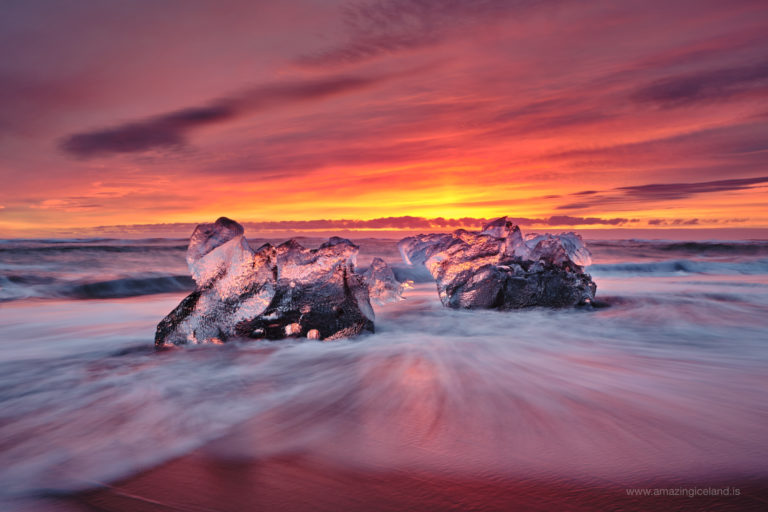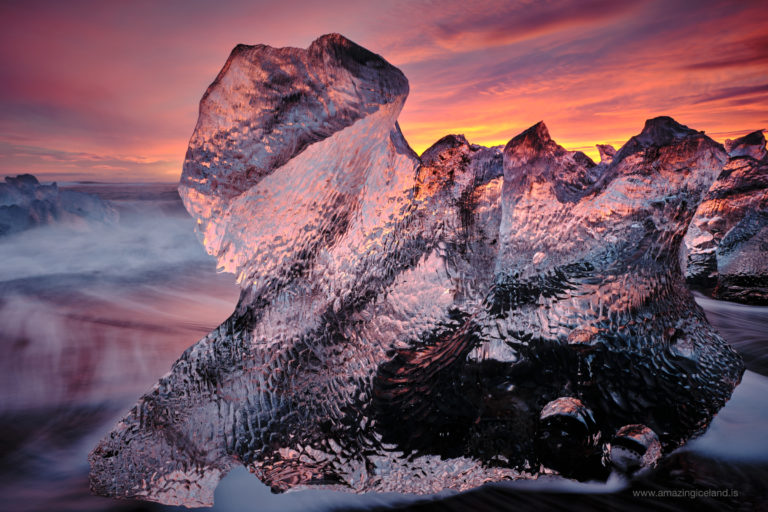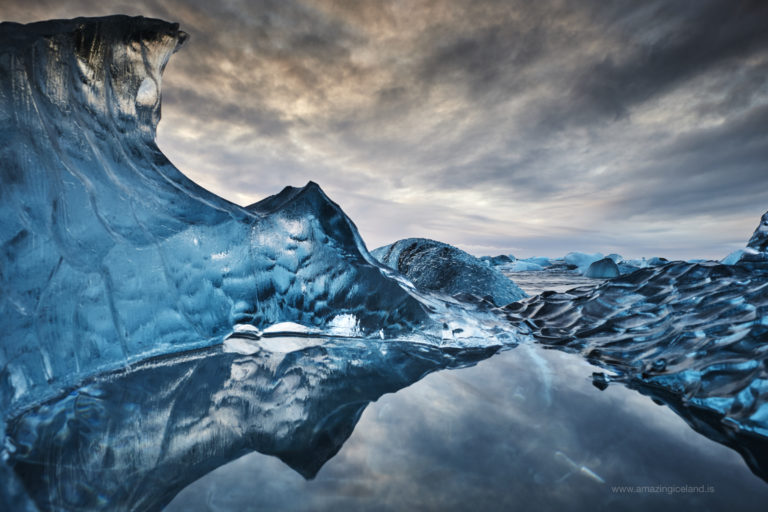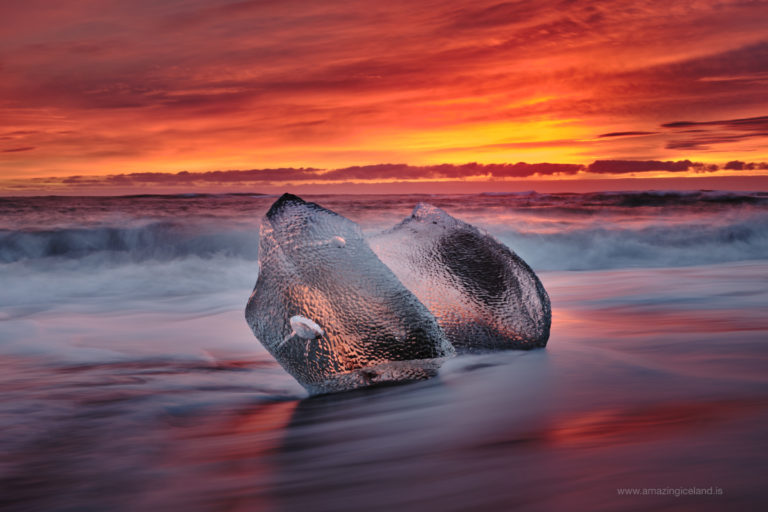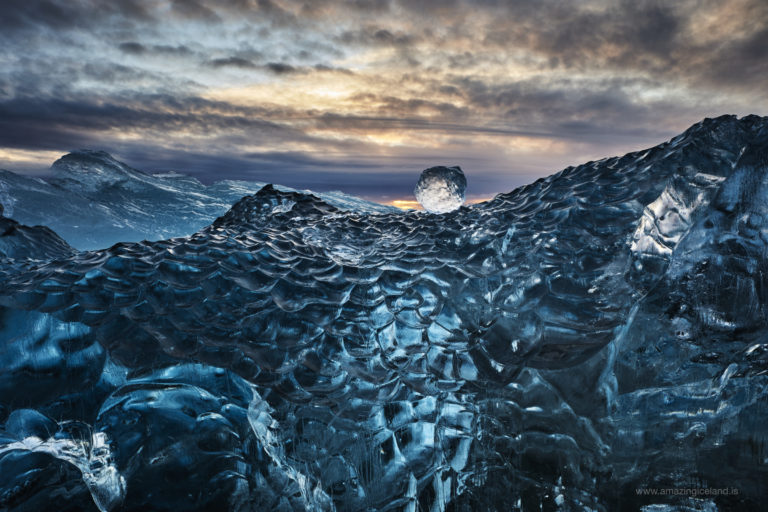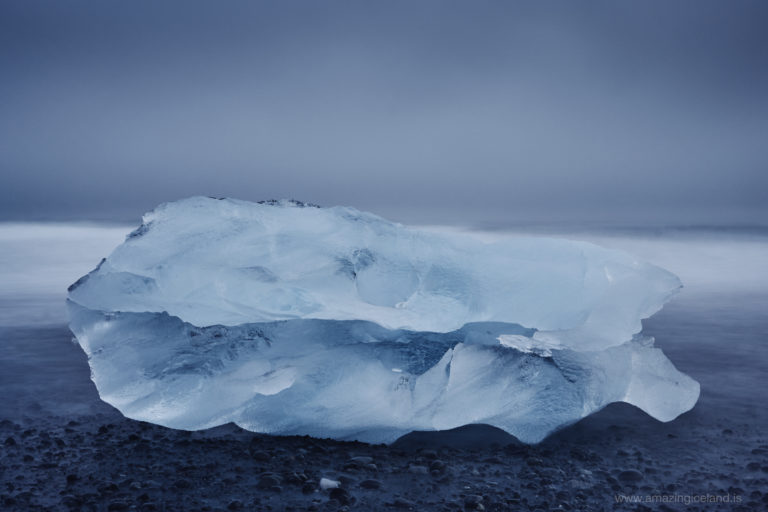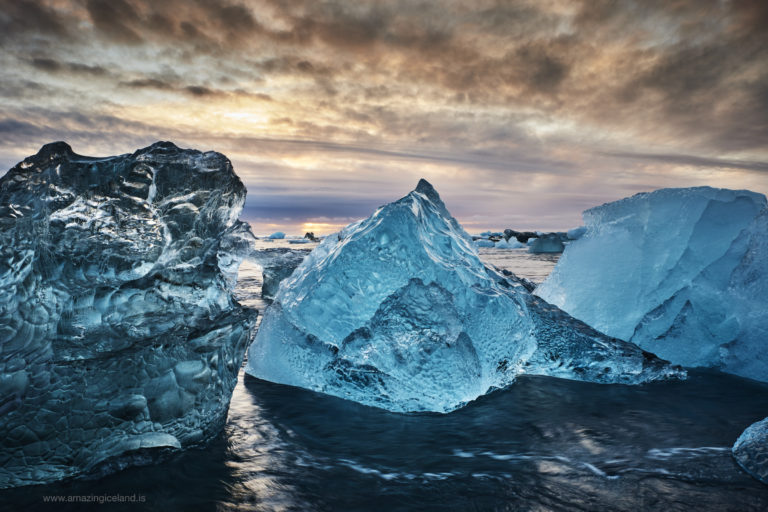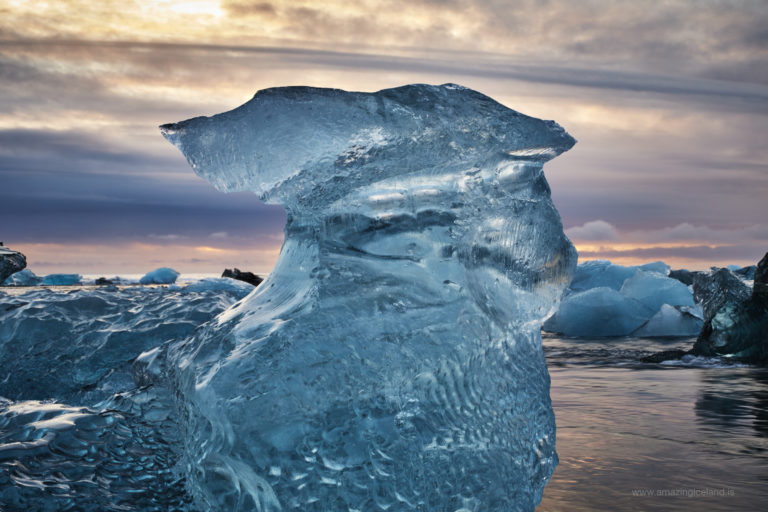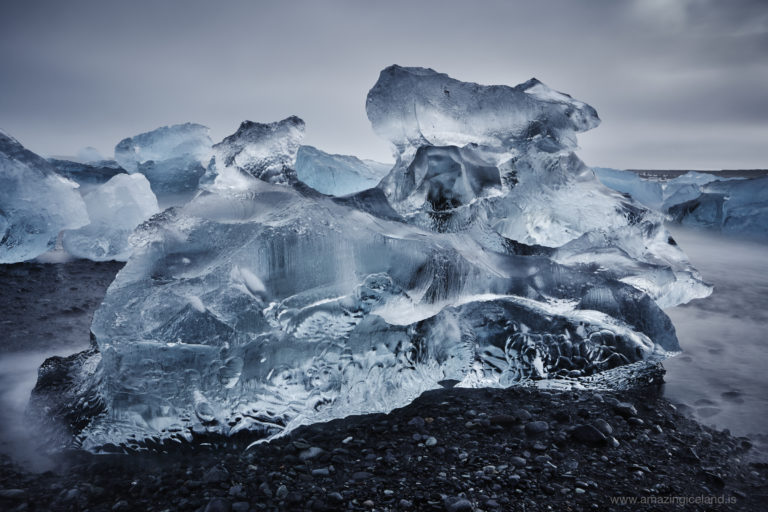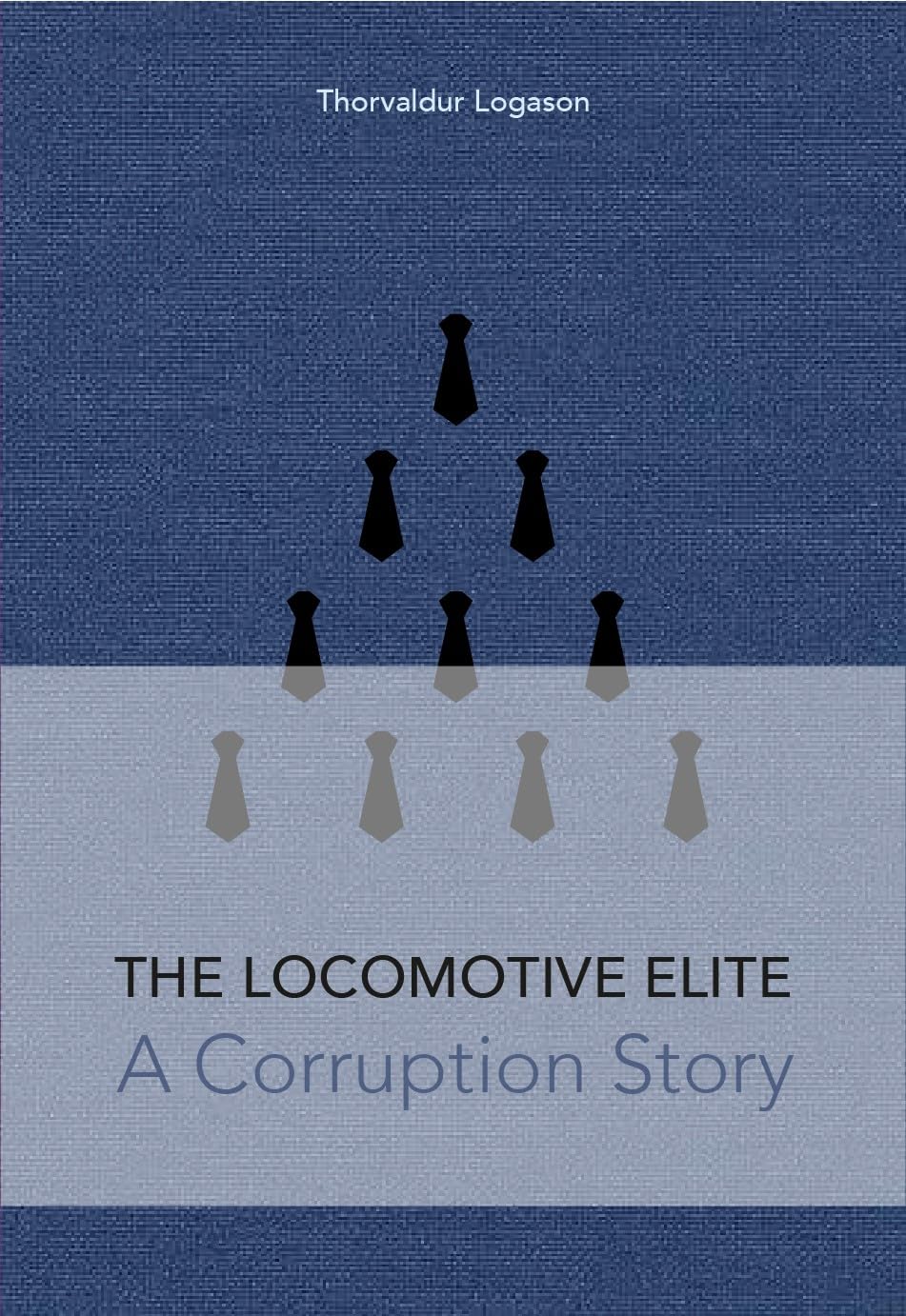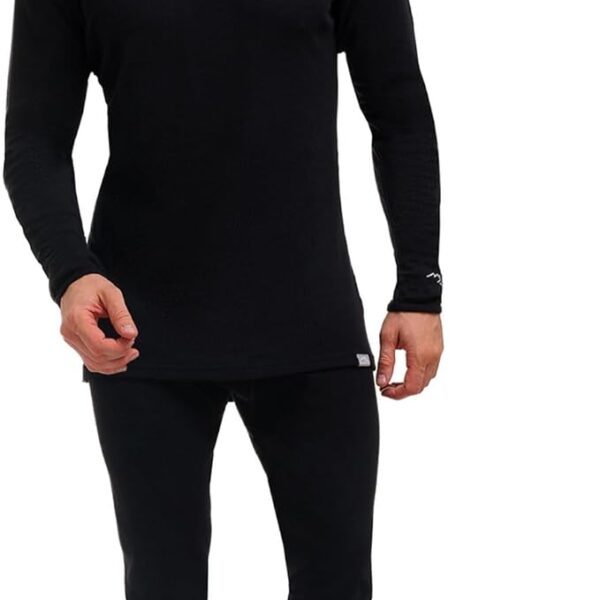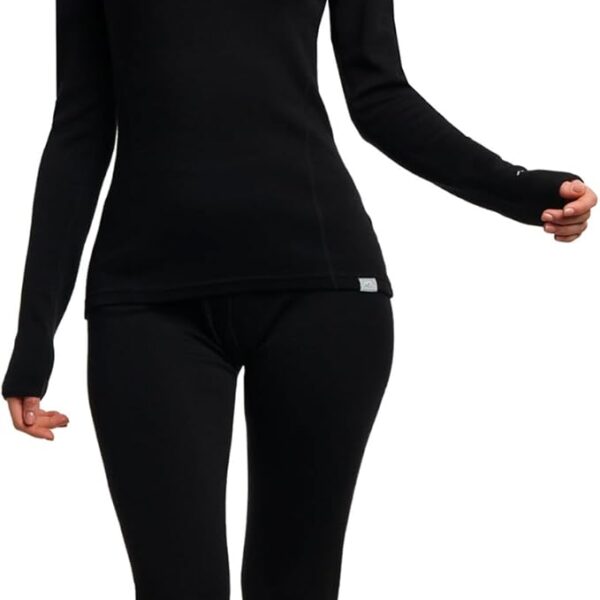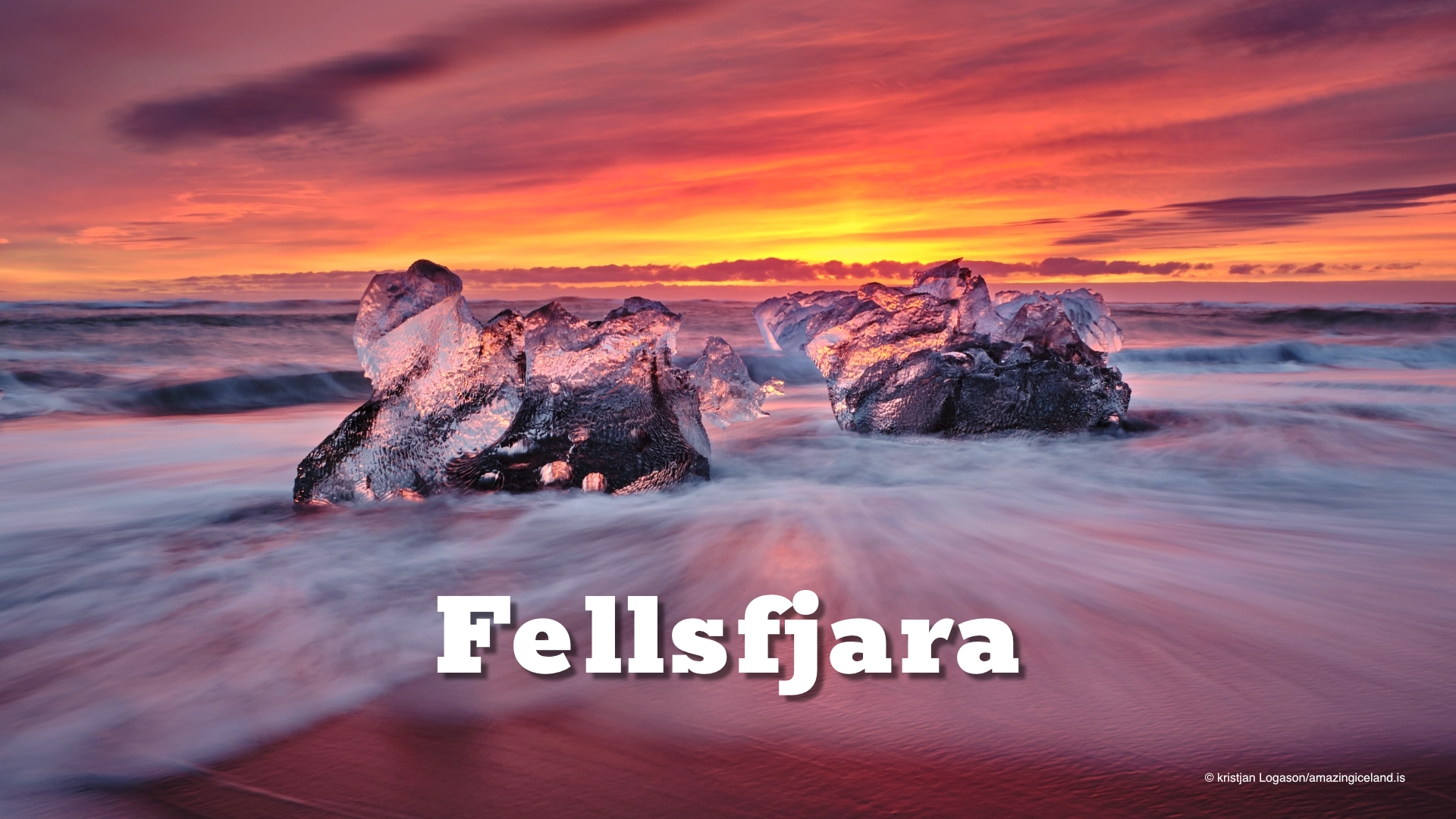
The stunning diamonds found on Diamond beach are actually crystal clear bits of ice that have calved off Breidamerkurjokull. These calved Ice strands end up in the glacier lagoon Jokulsarlon and when small enough, they start floating downstream. The ocean waves then float them up onto the beach where they break down and melt.
Fells fjara – Diamond beach in south east Iceland
The Diamond Beach
There’s a good reason the black sand beach of Breidamerkursandur is called The Diamond Beach. Given the diamond-like ice sculptures on the black beach, it’s a fitting name. However, to Icelanders, the real name of this area is Fellsfjara. It was only renamed in media as the Diamond Beach for marketing purposes. The beach is a strip of black sand belonging to the greater Breidamerkursandur glacial plain. It’s located at the opening of Jokulsarlon glacier lagoon on the South east Coast of Iceland and stretches approximately 18 kilometres along Iceland’s South Coast. It extends from the foot of Kviarjokull Glacier to the famed glacier lagoon Jokulsarlon, which sits at he base of Breidamerkurjokull Glacier.
The beach is one of the most unique places on Earth. Every day, it looks different than the day before. The natural ice sculptures, or icebergs, are constantly reforming, melting away and new ones appearing.
Many of the icebergs are between 400 and 800 years old. They’ve made their way through the glacier lagoon, first as enormous ice blocks that calved off of Breiðamerkurjökull. Now, smaller bergs stranded on the beach have their last moments of glory before melting into the Atlantic ocean.
The ice sculptures forming and shining on the beach give it the name Diamond beach. In recent years, this has become a popular proposal spot. After all, what could be more romantic than getting engaged on Diamond beach?
The Diamond beach is a favorite spot for many photographers and tourists traveling the south and southeast coast of Iceland. The ever-changing landscape of glittering diamond-like ice bits and icebergs combined with different weather conditions each day make it a truly unique place to explore.
Interesting facts:
The Diamond beach is a very important breeding ground for many of Iceland’s most well-known birds including the Arctic Tern and the Great Skua and is a National conservation area.
The Locomotive Elite
What do Donald Trump and Iceland’s Locomotive Elite have in common?
Far more than you think.
In The Locomotive Elite, you’ll uncover how a tiny clique in Iceland captured extensive control—of banks, courts, media, and even the central bank.
For decades they ruled, first democratically, then through corruption and in the end through crime, enriching themselves and their cronies while dismantling oversight.
The result?
One of the most spectacular financial collapses in modern history.
